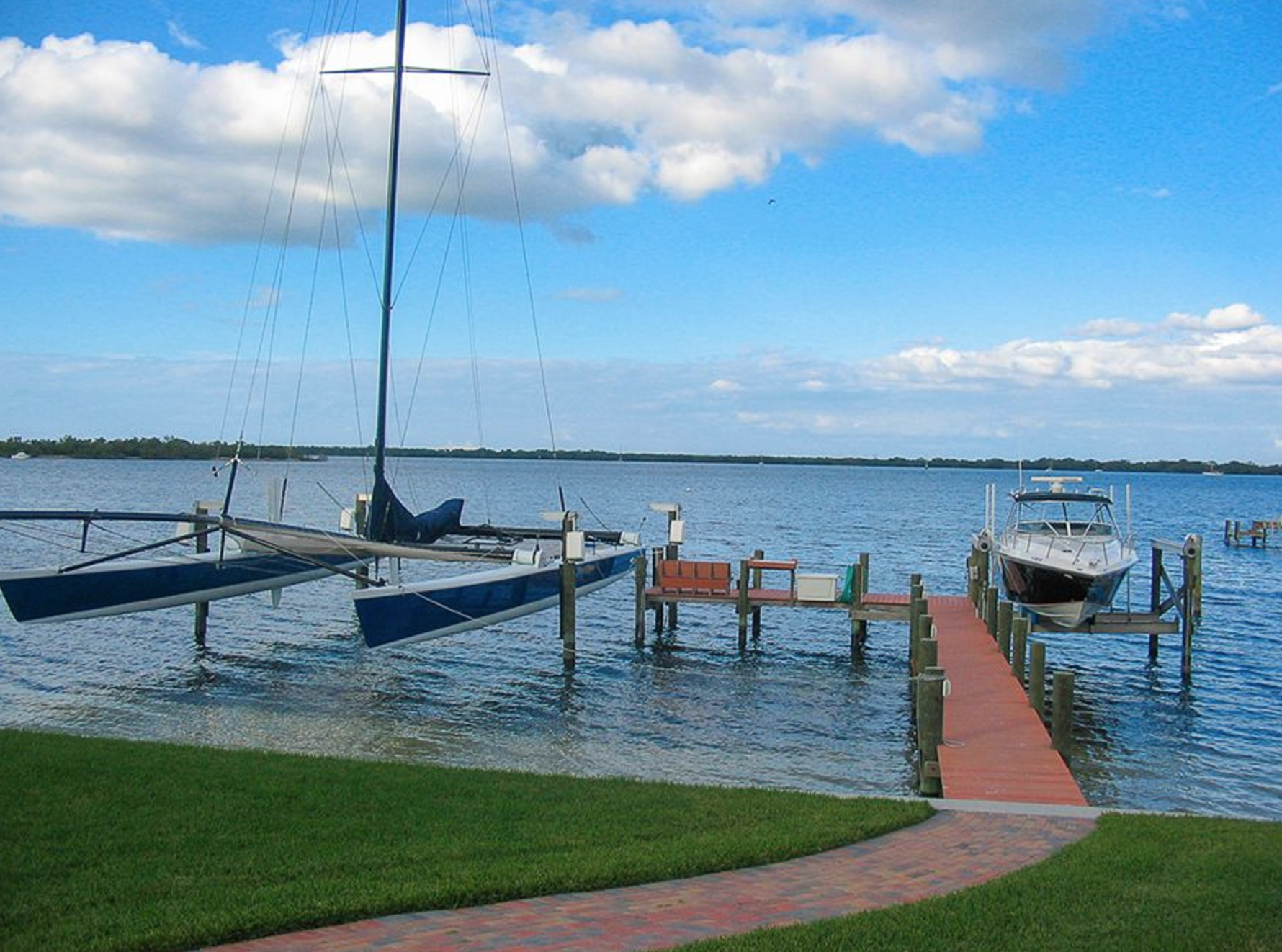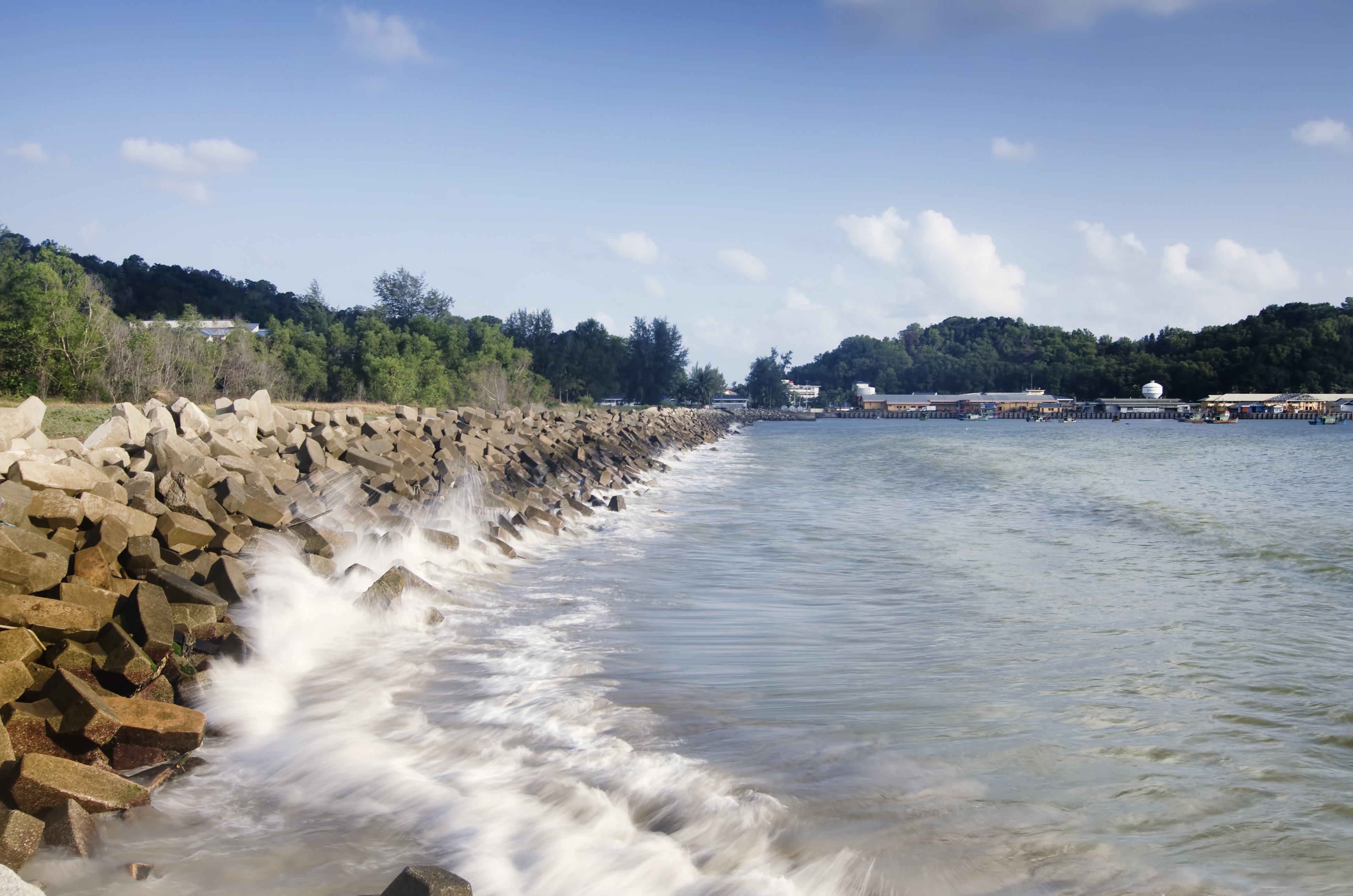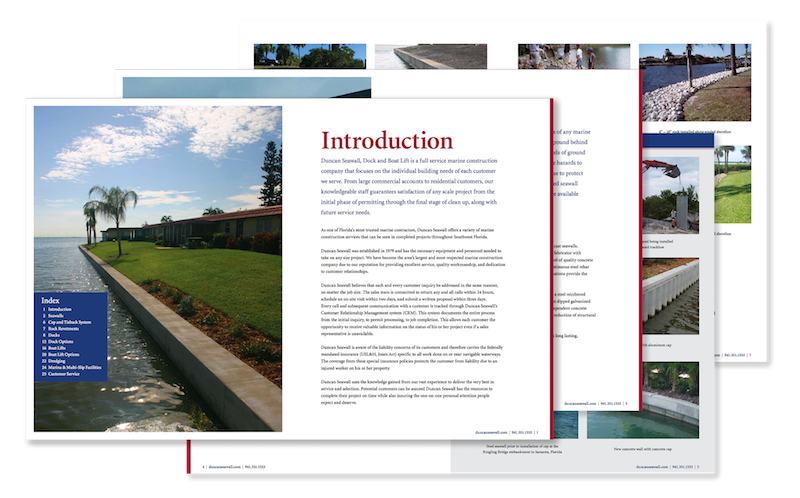
As beautiful and majestic as nature can be, there are times when we must protect ourselves against the uncertainties and dangers it presents; this is particularly true for those who live along the gulf coast. The gulf coast shores of Florida are some of the most unpredictable places on earth, yet it is a captivating adventure that many cannot help but embrace. The breathtaking view of the Gulf is enough to draw thousands to the shores, and many know that, as with anything in nature, due respect and caution must be exercised, especially when building structures near the shore.
Related Blog: 4 Reasons Seawalls Fail and How to Prevent It
How Serious Is Erosion?
Crashing waves and even the rise and fall of the daily tide cause erosion over time that washes away soil, and can expose the supportive structures of boardwalks, landscapes, and buildings. In addition to the slow wear-and-tear of the tides, a strong storm can erode large amounts of soil within the short space of a few hours! Statistics show that coastal erosion causes around 500 million dollars worth of damage each year in the United States; this includes the destruction/compromise of structures and loss of land. The National Oceanic and Atmospheric Administration states, "In addition to beach erosion, more than 80,000 acres of coastal wetlands are lost annually—the equivalent of seven football fields disappearing every hour of every day."
How Can Erosion Be Prevented?
These numbers are rather shocking and may be worrisome to many property owners, but it is important to note that measures can be taken to stabilize your land and prevent unnecessary damage from being done. Many factors go into the decision of how to protect your property, including the pattern of the sea currents, the proximity of existing structures, and the type of soil/rock that the beach or coast is comprised of. Usually, the best choice of protection for coastal property owners is to hire a reputable marine contractor to build a strong seawall that is able to withstand the abuse of the sea.
Seawalls are one of the best known ways to stop erosion from eating away your property. They are built at the most basic level with wood, block, steel, concrete, and even specialized plastics. Over the years, concrete has proven to be a more reliable choice due to the higher corrosion rate of the other materials. Plastic (PVC), though it doesn't rust, is a fairly new option that hasn't been through the test of time, and many engineers have doubts concerning the long-term integrity of the material.
Concrete is a versatile material that is used to create tough, sturdy, and long-lasting walls that are anchored by deep footings and reinforced with continuous steel rebar; they are tethered with galvanized steel rods to additional concrete posts that are embedded in the ground. Concrete seawalls are often beautifully designed to add further value to homes and businesses; they can be more than a protection, they can be an attraction! A pleasant browsing through our gallery will give you a basic idea of what goes into the construction of a concrete seawall, and the picturesque results of the finished product; nothing can make a seawall like concrete!
Duncan Seawall is a full service marine construction company that serves both private residences and businesses in Sarasota, Manatee, Charlotte, Pinellas, and other surrounding counties in Southwest Florida. For nearly 40 years, Duncan Seawall has been established as a trustworthy and highly skilled marine contractor who can help you design the perfect seawall specifically for your property, and save you from the troubles and dangers of coastal erosion. Don't put your property at risk any longer; contact Duncan Seawall today!










